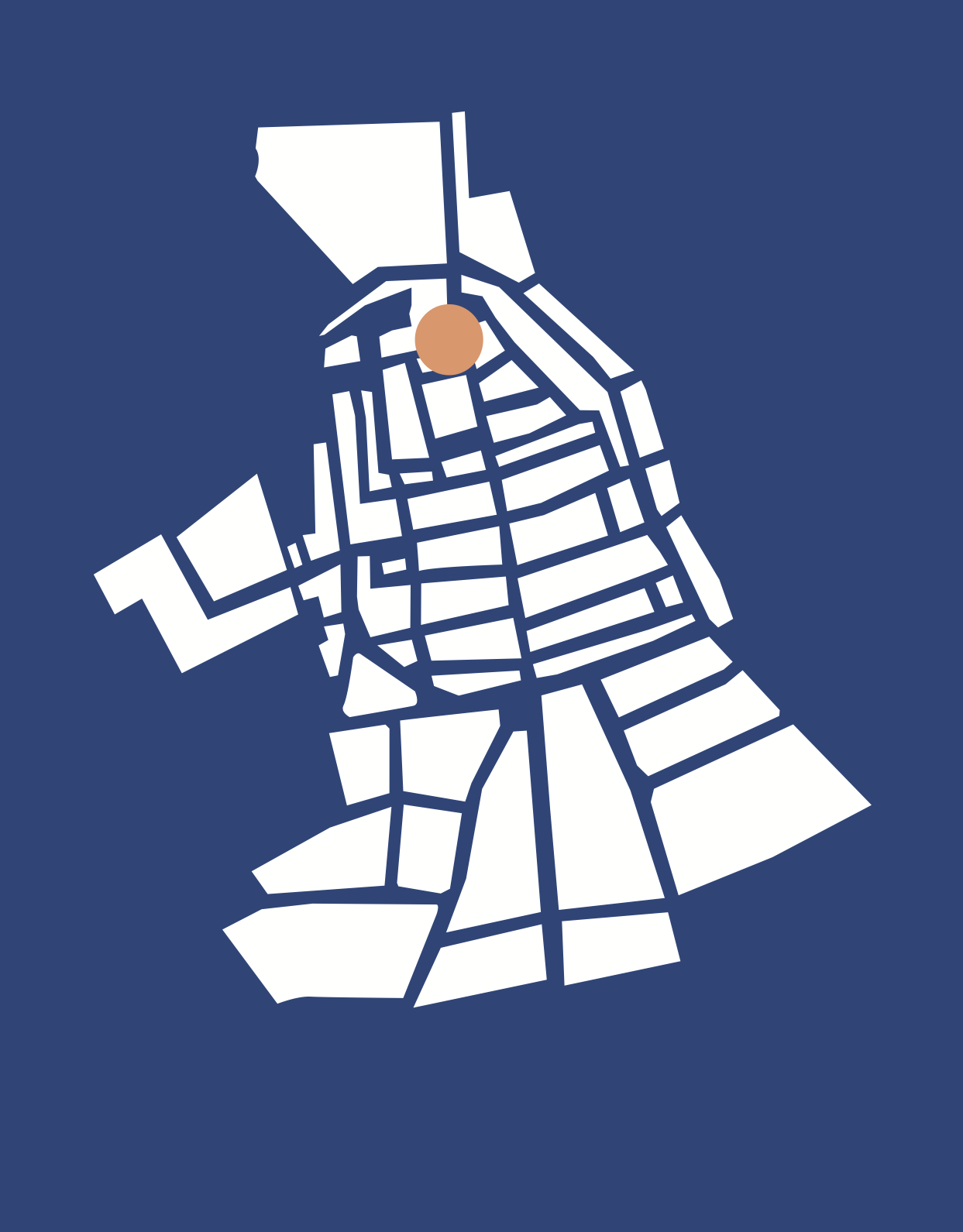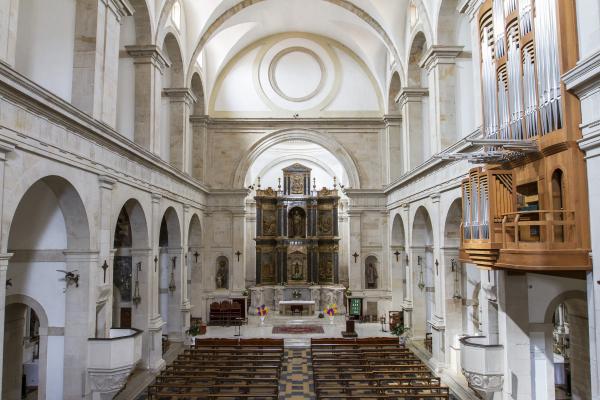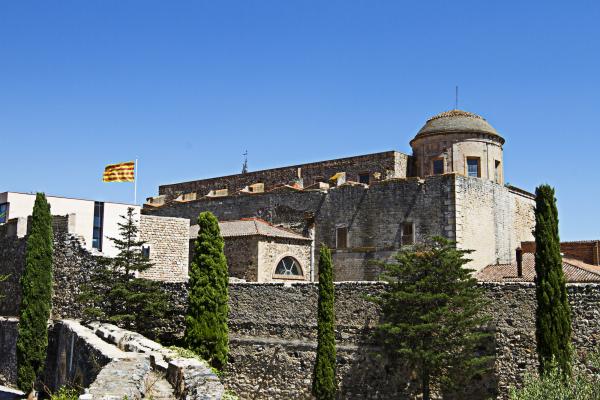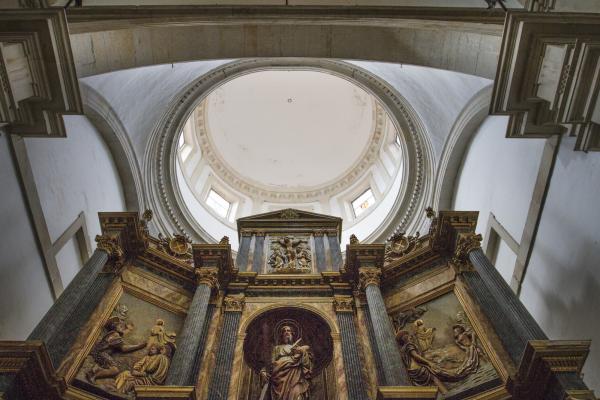Known as the “Cathedral of Camp (de Tarragona)”, l’església de Sant Andreu (Saint Andrew’s Church) is one of La Selva’s most emblematic monuments. Even though it is unfinished, it forms part of the work of l’Escola del Camp (the School of Camp de Tarragona – a Renaissance architectural movement under the patronage of the Archbishop of Tarragona) and stands out as one of few Renaissance works in Catalonia.
Keywords: Renaissance, Escola del Camp, Middle Ages.
The Romanesque church
The current Saint Andrew’s Church was erected over a Romanesque church that stood on the same spot. Even though the first known reference dates it to the twelfth century, its original layout is unknown. It was of reduced dimensions and also dedicated to Saint Andrew. Beyond its southern façade lay a moat, which became La Selva’s first cemetery. Right in front of the church was a porch where the town’s General Council would meet and, on occasion, the Comuna del Camp.
The Renaissance church
The current Saint Andrew’s Church dates from the late sixteenth century and was designed by Pere Blai (1553–1621). It is one of very few mannerist Renaissance works in Catalonia and is unique for its rectangular plan, the interconnected side chapels and its elevation inspired by the proportions of the Vitruvian Man. The dome on a drum, one of the building’s most innovative architectural features, gives the building a distinctive silhouette on the skyline.
L’Escola del Camp
L’Escola del Camp (the School of Camp de Tarragona) was a collective of art academics influenced by the Italian Renaissance. They were protected by the Archbishop of Tarragona and were one of the few groups to apply this new artistic trend in Catalonia. Their foremost intellectuals included Pere Blai, a master house builder, and Jaume Amigó, the church rector of Tivissa. One of Blai’s best-known works is the façade and body of the façade on the Palau de la Generalitat (Catalan Government building, 1597–1619).
Congregation of the Purest Blood
The parish of Sant Andreu has always been a meeting place for La Selva’s residents. Among its religious confraternities, the oldest is the Congregació de la Puríssima Sang (Congregation of the Purest Blood, 1616). This confraternity is responsible for organising the Good Friday popular procession and the Via Crucis of the Calvary (Stations of the Cross) which, in 2010, were respectively declared a Traditional Festival of National Interest and an Element of Festival Heritage.







